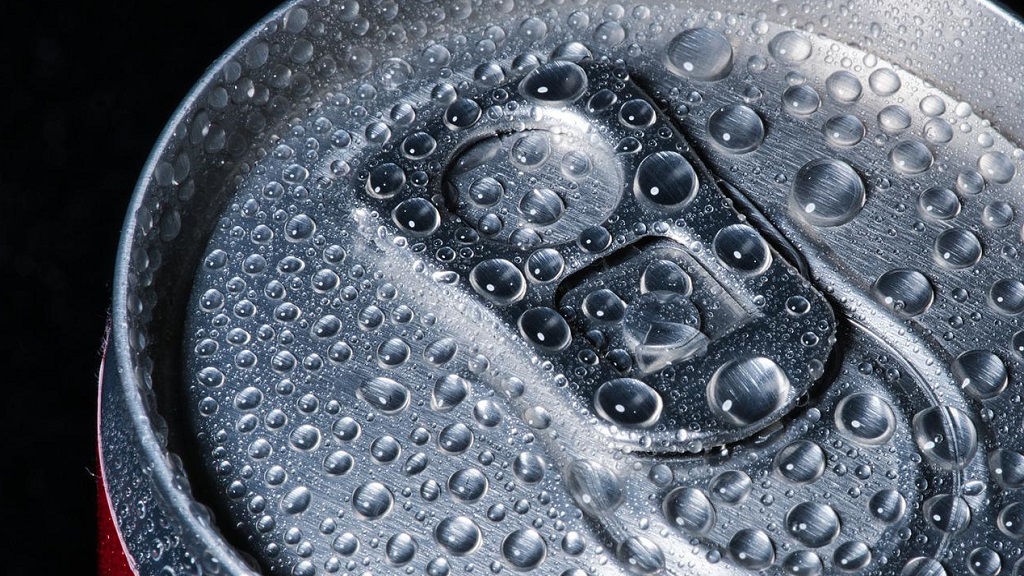
The metal containers, the type of leading packaging in the circular economy globally, they have received a boost in sustainability as leading European producer Eviosys has more than met its emissions target for production in 2021, reducing it by 5.6%, nearly double its target.
Given the cans and lids are infinitely recyclable and enjoy the highest recycling rates for food packaging, addressing their carbon footprint means ushering in a new era of sustainability. Preserve Together, the new ESG report – environmental, social and good governance factors – from Eviosys, reveals that the company is accelerating its decarbonization through ambitious plans to reduce the carbon footprint of packaging and closures by 20% by 2027 (compared to 2020), on the path to Net Zero by 2050.
In its ESG report, Eviosys proposes to invest in cutting-edge technologies for energy efficiencyincluding new thermal oxidation equipment and compressors, as well as more efficient chillers.
Eviosys’ 44 manufacturing plants, strategically located in Europe and Africa, allow it to be close to its customers, which means reducing carbon emissions from transport. It also helps Eviosys invest in the same regions as its clients, boosting employment and local communities.
Tomás Lopez, CEO of Eviosys, has commented: “Metal packaging offers a real superiority in terms of infinite recyclability: it is one of the truly circular economy packaging methods that can be endlessly recycled. We are proud of our rapid progress against our ambitious decarbonization goals. By reducing the carbon footprint of our productswe are promoting a real and low-carbon circular economy for packaging”.
Steel and aluminum are 100% recyclable and the most recycled packaging materials in the world. In Europe, about 84% of the steel is recycled, followed by 76% of aluminum, and both can be recycled without losing their integrity, creating an efficient circular circuit for metal packaging. Since glass also has a high recycling rate, the metal closures made by the company also contribute to a more circular economy of packaging. However, PET containers and cartons have a recycling rate of only 48% and 41% respectively, and both can leak into the environment and natural watercourses (APEAL 2019).
Until 2019, the metal packaging market share grew by 8% (Statista) and the segment is forecast to grow by 4% between 2021 and 2026 (Mordor), as 70% of European consumers (Dollard) avoid the plastic, and consumer goods companies are looking for more sustainable packaging alternatives. Historically, one of the main obstacles for the adoption of more sustainable packaging formats, has been the limitation of the infrastructure to produce, fill and recycle materials in large volumes, while metal containers are widely recyclable and cheaper, with a strong penetration in current filling lines.



